Over the years I’ve heard the statement made that Aikido is “without form”. I believe that this is a result of both misinterpretation of O-Sensei’s views and misunderstanding of Aikido pedagogy. My views are distinctly influenced by my Iwama Style background, but I think O-Sensei left quite a bit of evidence behind indicating that while HIS Aikido was without form, the path to getting to “Aikido without form” is not devoid of intense focus on form.
JOIN US ON THE MAT
A Traditional Iwama-Ryu Aikido Dojo in Colorado Springs, Colorado
Have you ever wanted to study a martial art but didn't know where to start?
Have you practiced other martial arts, and are interested in studying a traditional Japanese martial art? Are you a former Aikido student, and you’re looking for a local dojo? Consider joining us on the mat. Our adult-only Aikido dojo, conveniently located in central Colorado Springs, practices Traditional Iwama Style Aikido. We teach and practice Aikido as a martial art.
Why study Aikido?
There are many reasons why people choose to study a martial art. Aikido isn’t a sport. It is a traditional Japanese martial art. It can be be fantastic way to get into and stay in shape. Long term study often leads to significant improvement in balance and coordination. Improved awareness of self and of environment are also common side effects of Aikido study.
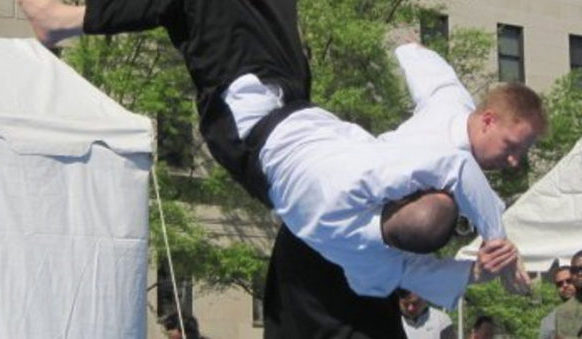
Effective Self-Defense
Aikido is a martial art. Iwama-style Aikido emphasizes martial effectiveness. We teach and practice a full range of responses to common strikes and grappling attacks, and the techniques that we study are accessible to anyone in a non-competitive environment.
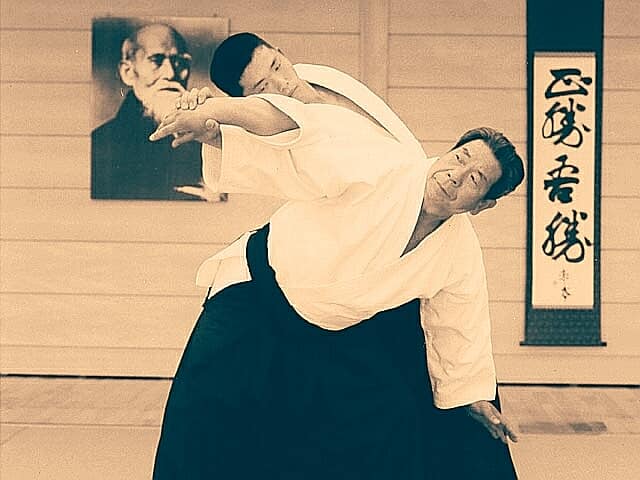
Improved Balance/Coordination/Falling Skills
Long term Aikido students often experience significantly improved balance and coordination. Our curriculum is focused on development of fundamentals, including development of strong body structure and grounded movement. We also teach safe and effective falling methods that support a lifetime of healthy movement.
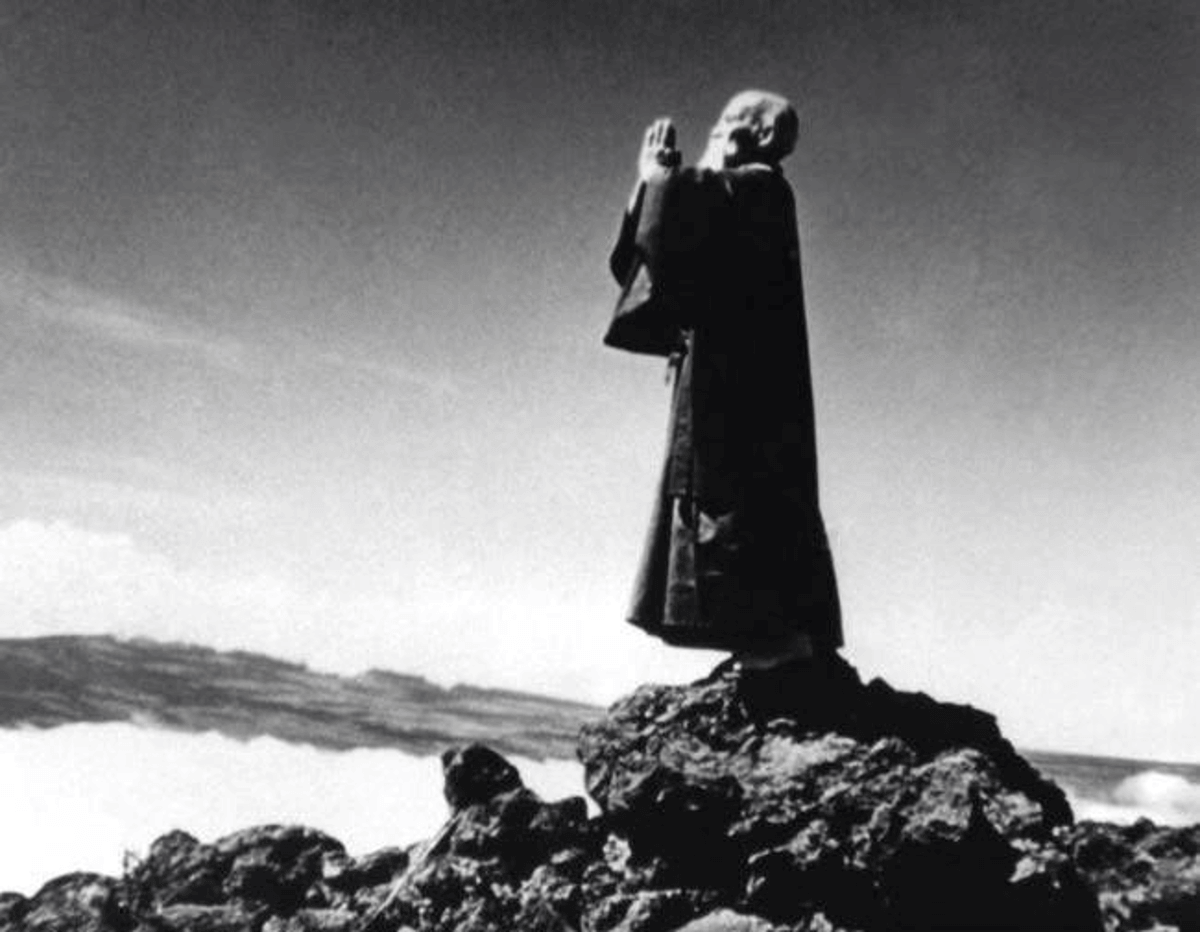
Self-Awareness/Discipline
Improvements in self-awareness and self-discipline are two additional benefits of long-term study of Aikido.
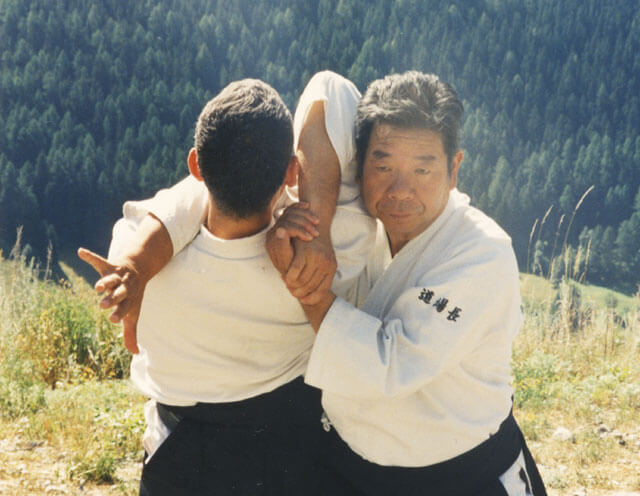
What Is Aikido?
ikido is a traditional Japanese martial art that makes use of joint locks and throws/projections to take an attacker’s balance and redirect the energy of an attack. Morihei Ueshiba, commonly referred to as “O Sensei” or “Great Teacher”, created Aikido in the early 20th century.
Aikido training employs cooperative methods, allowing a student of any age, gender, weight, or physical condition to train at a level that encourages personal progress while greatly reducing the chances of injury during practice. Training progresses to a higher intensity with students eventually engaging in “freestyle” practice or “jiyu waza” against one or more attackers. Training is non-competitive, with an goal of cooperatively improving martial effectiveness.
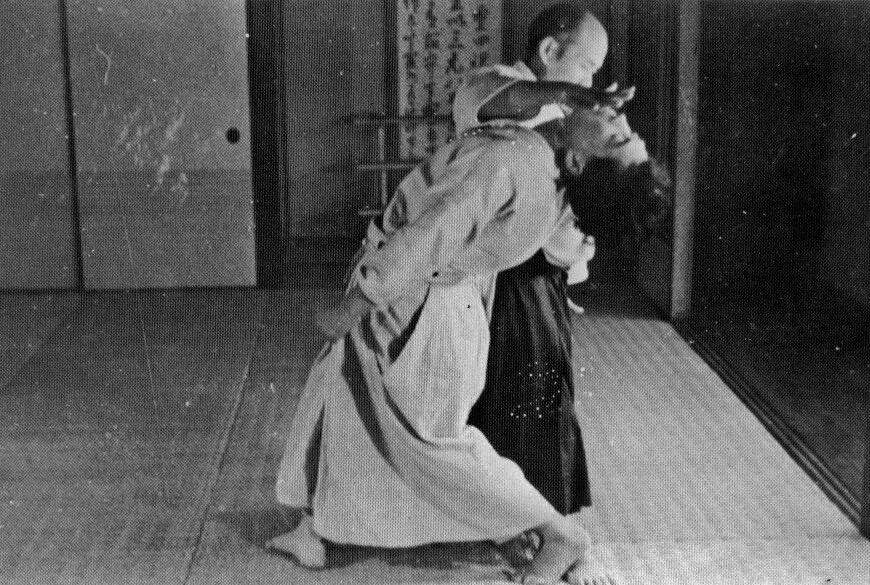
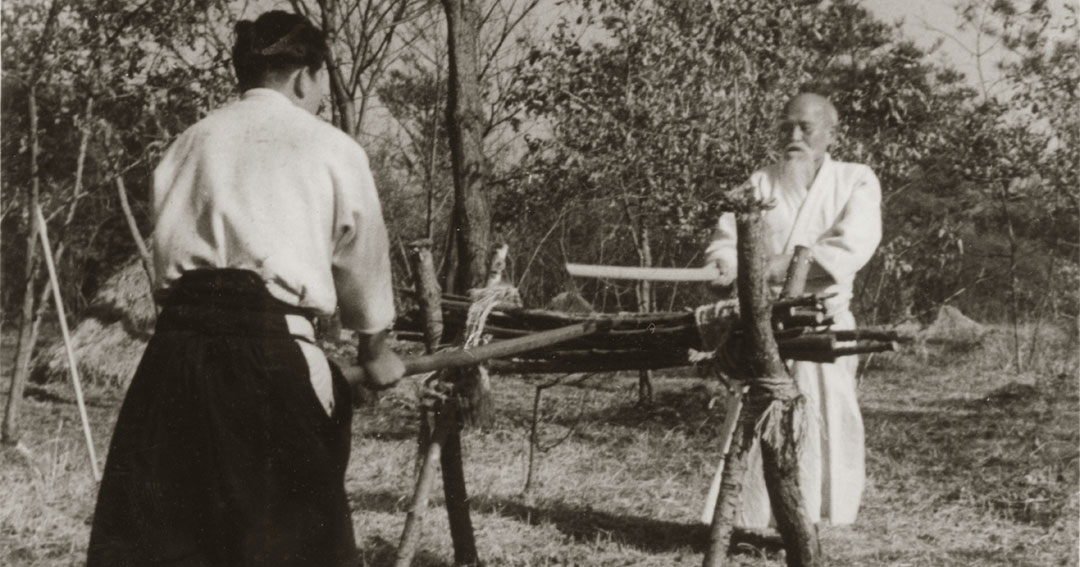
About our Dojo
Traditional Aikido of Colorado Springs focuses solely on the study of Traditional, or Iwama-Ryu, Aikido. Among many other benefits, Aikido improves balance and agility. Regular Aikido training also enhances the ability to manage stress, and develops both self-discipline and ethically motivated self-defense skills. Iwama-Ryu training methods focus on the creation of a strong foundation through the use of a straightforward teaching approach. We teach Aikido as an effective martial art that is accessible to both men and women of all ages. Additionally, Iwama-Ryu Aikido also incorporates a well-developed weapons curriculum employing both sword (Aiki-Ken) and staff (Aiki-Jo).
What makes our Dojo different?
First and foremost, we teach and practice Aikido as a martial art. We are uncompromising in our commitment to the study and teaching of effective Aikido. We believe that Aikido should be accessible to any serious student that wishes to learn the art. Our training methods are safe and effective. Our Dojo’s long term focus is on building a strong Iwama Ryu Aikido community in the Colorado Springs region. We also offer 10 hours of mat time per week for one low monthly fee.

Join us on the mat
One the most difficult aspects of beginning any new pursuit, or making a lifestyle change, is making your way to the “starting line”. Please feel free to drop by our dojo, in person, to observe a class. Visit our Frequently Asked Questions page for answers to common questions about Aikido and our dojo. We welcome visitors and we reply promptly to phone calls and emails.
our instructors
Our Instructors have more than 40 years of combined experience. Our instructors ranks are granted by the Aikikai foundation and both of our instructors hold certification in Iwama-Ryu Aikido weapons.
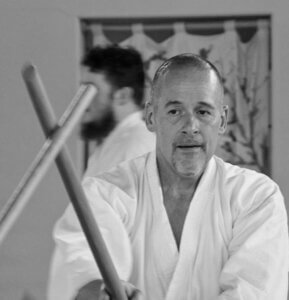
John Wiley
3rd Degree Black Belt
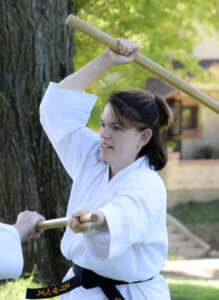
Elizabeth Hartman
2nd degree black belt
Membership fees
We offer up to 40 hours of training per month for one low monthly fee. We don’t require contracts of any kind. An optional discounted 3-month introductory package is available. The first week of training is FREE.
BROWSE OUR LATEST ARTICLES
Zanshin (Remaining Mind) – Cultivating a Budo Mindset (Part 2)
This is the first installment in a five post series discussing the role of “mindset” in serious Budo training. This post discusses “Zanshin”, or “Remaining Mind”.
Shoshin (Beginner’s Mind) – Cultivating a Budo Mindset (Part 1)
This is the first installment in a five post series discussing the role of “mindset” in serious Budo training. This post discusses “Shoshin”, or “Beginner’s Mind”.
Our 4th Anniversary!
Our Dojo is Celebrating it’s 4th Anniversary! We consider ourselves lucky to be part of a large and vibrant global community of Aikidoka. We’re looking forward to continuing to build a strong Aikido community along the Front Range.
The Dojo as a Sacred Place
A short essay, authored by Kazuo Chiba Shihan, on the purpose and meaning of a Dojo.
In-Person Aikido Practice… Gettin’ Back To It…
We’re planning on re-opening the Dojo for in-person Aikido practice on Monday April 26th 2021. We’re finally seeing what appears to be a light at the end of the tunnel with respect to the COVID-19 pandemic. This has certainly been a challenging year for everyone. We’ve mostly been supporting online […]
Aikido is a Martial Art…
There are some commonly held, and evolving, misconceptions about Aikido, some of which are held by Aikido practitioners. The Aikido of Morihei Ueshiba O-Sensei is a martial art. It’s not a “health system” or a form of “dance”. This post discusses these misconceptions.
Dojo COVID-19 Operations Update
Due to the COVID-19 pandemic, we’ve transitioned back to online classes during the week, and outdoor classes on the weekends.
Patricia Hendricks Shihan – IAF Online Aikido Class
We were honored to be invited to attend Patricia Hendricks Shihan’s Online IAF Session on August 10th 2020.
Aikido Webinar – Hendricks Shihan
Patricia Hendricks Shihan taught her first online weapons intensive on 26/27 June 2020. We were excited to be able to attend the seminar.
Visit Us
1863 N. Circle Dr Colorado Springs CO
Open Hours
M/W/F 6:30P-8:30P
Sa/Su 9:30A-11:30A
Contact Us
info@cos-aikido.com 719.301.9048

